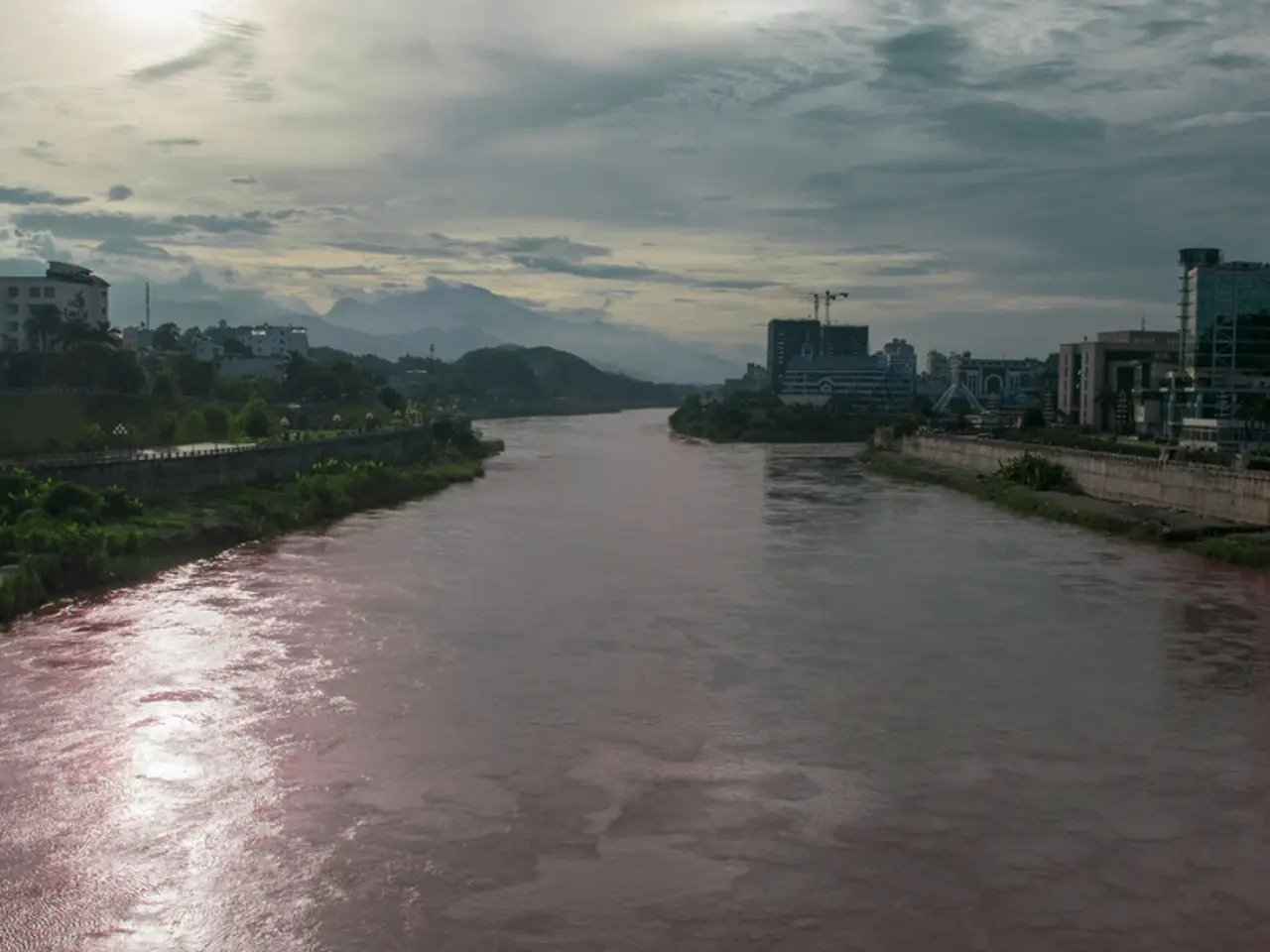Controversy Surrounding Hydroelectric Power: A Matter of Renewable Energy or Ecological Struggle?
In the pursuit of clean energy, hydroelectric power holds a unique place. While it offers numerous benefits, it is neither an unqualified hero nor a villain. The delicate balance between meeting urgent climate goals, protecting ecosystems, and upholding human rights is a constant challenge.
The environmental and social costs of hydroelectric power primarily stem from the disruption of natural river ecosystems and the resultant impact on local communities. Hydroelectric dams alter natural water flow and flood cycles, which can devastate ecosystems reliant on seasonal flooding. For instance, the Belo Monte dam in Brazil has caused permanent drought-like conditions along a 130 km stretch of the Xingu River, devastating fish spawning grounds and disrupting biodiversity in the Amazon rainforest.
Indigenous and local communities living along affected rivers often face significant disruptions to their traditional livelihoods. The same Belo Monte project disrupted the fishing practices and lifestyles of the Juruna/Yudjá people and other small-scale fishers, as their catch and river navigation became adversely affected. Inadequate consultation and impact assessments can exacerbate these social costs.
However, there are strategies to make hydroelectric power more sustainable. Improving environmental impact assessments, maintaining natural river flow regimes, community engagement and co-management, smaller-scale and decentralized projects, and complementing with other renewables are some of the key approaches.
Comprehensive and participatory assessments involving local communities can identify potential harms earlier, allowing for better project design and adaptive management. Designing dams to mimic natural flood cycles, such as controlled water releases, can help preserve fish spawning habitats and ecosystem services that depend on flooding. Involving Indigenous peoples and local stakeholders in monitoring and decision-making helps incorporate traditional ecological knowledge and protect social rights.
While mini-hydropower has its own risks, careful site selection and scaling down projects may reduce large-scale ecological disruptions if rigorous assessments are implemented. Integrating hydro with solar and wind can reduce dependency on large dams and help balance energy generation across seasons without extensive river modification.
Hydroelectric power remains a valuable renewable energy source, but its sustainability depends on reconciling energy needs with ecosystem health and social justice through improved planning, technology, and governance. The social impacts of hydroelectric development are particularly acute in regions where indigenous peoples inhabit dam sites, often causing displacement, loss of sacred sites, and disruption of traditional ways of life.
Hydroelectric power relies on the Earth's natural water cycle, offering a virtually inexhaustible supply of energy as long as climate conditions remain stable. However, some studies have shown that large tropical reservoirs may emit significant methane, complicating the climate benefits of hydropower in these contexts.
Hydroelectric installations often come with additional economic and infrastructural benefits, such as water storage for irrigation, flood control, and recreational activities. Integrated watershed management approaches aim to balance hydropower generation with environmental and social needs.
However, dam failures or mismanagement can cause catastrophic environmental disasters, including flooding downstream, habitat destruction, and water contamination. The construction of dams and reservoirs can cause significant ecological harm, including loss of biodiversity and wildlife habitat, disruption of migratory fish populations, alteration of water temperature and chemistry, and emission of greenhouse gases.
Despite these challenges, hydroelectric plants are flexible and can balance the intermittency of solar and wind energy, providing reliable baseload power and grid stability. Building large dams and reservoirs typically requires relocating local populations, often causing profound social consequences and displacement of communities.
In conclusion, hydroelectric power, like any renewable energy source, comes with its unique set of benefits and challenges. The key lies in striking a balance between meeting energy needs, protecting ecosystems, and upholding human rights. Through improved planning, technology, and governance, it is possible to harness the potential of hydroelectric power while minimising its environmental and social impacts.
[1] World Wildlife Fund (WWF). (2021). Hydropower. Retrieved from https://www.worldwildlife.org/industries/hydropower [2] International Energy Agency (IEA). (2020). Hydropower. Retrieved from https://www.iea.org/renewables/hydropower [3] International Rivers. (n.d.). Hydropower. Retrieved from https://www.internationalrivers.org/topics/hydropower [4] United Nations Development Programme (UNDP). (2020). Sustainable Energy for All. Retrieved from https://www.se4all.org/
- In the pursuit of clean energy, hydroelectric power, relying on the Earth's natural water cycle, offers a virtually inexhaustible supply of energy.
- While hydroelectric dams can generate reliable baseload power and grid stability, they often disrupt natural river ecosystems and the lifestyles of local communities.
- The environmental and social costs of hydroelectric power can be mitigated through strategies such as improved impact assessments, maintaining natural river flow regimes, and community engagement.
- For instance, the Belo Monte dam in Brazil has caused permanent drought-like conditions along a 130 km stretch of the Xingu River, adversely affecting fisheries and biodiversity in the Amazon rainforest.
- In today's tech-driven world, understanding the sustainability issues associated with hydroelectric power is crucial for businesses, environmental science, and education and self-development.
- Hydroelectric power installations can provide additional economic benefits, such as water storage for irrigation, flood control, and recreational activities, through integrated watershed management approaches.
- Despite the challenges, it is essential to strike a balance between meeting energy needs, protecting ecosystems, and upholding human rights in the tech industry, environmental-science, finance, business, lifestyle, home-and-garden, and education-and-self-development sectors.




